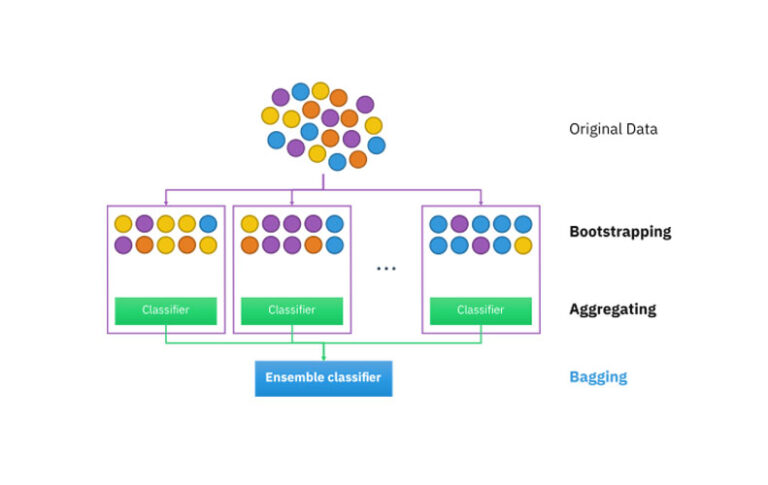Algorithm
Table of Contents
An algorithm is a set of instructions or rules that are followed to solve a problem or perform a task. In simple terms, it is like a recipe that tells you how to cook a dish
Understanding the Basics
In today’s digital world, algorithms play a crucial role in various aspects of our lives. From search engines to social media platforms, algorithms are used to process large amounts of data and provide us with the information we need. But what exactly is an algorithm and how does it work?
An algorithm is a set of instructions or rules that are followed to solve a problem or perform a task. In simple terms, it is like a recipe that tells you how to cook a dish. Algorithms can be found in many different areas, including mathematics, computer science, and even everyday life.
Types of Algorithms
There are several different types of algorithms that are used for different purposes. Some common types of algorithms include:
1. Sorting Algorithms: Sorting algorithms are used to arrange a list of items in a specific order, such as alphabetical or numerical order. Examples of sorting algorithms include bubble sort, merge sort, and quicksort.
2. Searching Algorithms: Searching algorithms are used to find a specific item in a list of items. Examples of searching algorithms include linear search and binary search.
3. Graph Algorithms: Graph algorithms are used to solve problems related to graphs, which are mathematical structures that consist of nodes and edges. Examples of graph algorithms include Dijkstra’s algorithm and breadth-first search.
4. Machine Learning Algorithms: Machine learning algorithms are used to build models that can learn from data and make predictions. Examples of machine learning algorithms include decision trees, neural networks, and support vector machines.
How Algorithms Work
Algorithms work by breaking down a problem into smaller, more manageable steps. These steps are then executed in a specific order to achieve the desired outcome. Here is a simple example to illustrate how an algorithm works:
1. Input: The algorithm takes some input, which could be a list of numbers, a text document, or any other type of data.
2. Process: The algorithm processes the input data according to a set of rules or instructions.
3. Output: The algorithm produces an output, which could be a sorted list of numbers, a search result, or any other type of information.
For example, let’s consider a sorting algorithm like bubble sort. The algorithm works by comparing adjacent elements in a list and swapping them if they are in the wrong order. This process is repeated until the entire list is sorted.
Applications of Algorithms
Algorithms are used in a wide range of applications, from simple tasks like sorting a list of numbers to more complex tasks like predicting stock prices or recommending products to customers. Some common applications of algorithms include:
1. Search Engines: Search engines like Google use algorithms to rank web pages based on their relevance to a user’s search query.
2. Social Media: Social media platforms like Facebook use algorithms to show users content that is likely to be of interest to them.
3. Financial Markets: Algorithms are used in financial markets to analyze data and make trading decisions.
4. Healthcare: Algorithms are used in healthcare to analyze medical data and make diagnoses.
Challenges
While algorithms have many benefits, they also pose some challenges. One of the main challenges is bias, as algorithms can reflect the biases of their creators or the data they are trained on. This can lead to unfair outcomes, such as discrimination or inequality.
Another challenge is transparency, as some algorithms are so complex that it is difficult to understand how they work. This lack of transparency can make it hard to trust the decisions made by algorithms.
In conclusion, algorithms are powerful tools that are used in many different areas of our lives. By understanding how algorithms work and being aware of their potential challenges, we can make better use of them and ensure that they are used ethically and responsibly.


